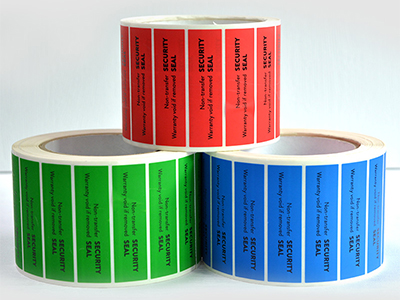Many customers made security labels and placed them in the warehouse, and found that they could not be used later. What caused the company's anti-counterfeit labels to be unusable? If there are millions of labels each time, how to manage storage?
Customers who have made anti-counterfeiting labels often respond to a question: Why is my anti-counterfeiting label not sticky? Or it is so easy to fall off after putting it on. Today, let's popularize how to store anti-counterfeit labels.
Self-adhesive labels are usually imported paper, and there is no problem with glue. The labels produced from the beginning are intact and the stickiness is normal. The specific storage techniques are as follows:

First, the label should be placed at room temperature, and the temperature should not be too high or too low. The temperature should be around 25 degrees Celsius and the humidity should be 60%. It should not be directly exposed to sunlight or rain, and should be placed in a dry place.
Second, the label should be sealed, and the mouth should be sealed if it is not used up. Try to use a label within 3 years, otherwise the glue and coating will change, which will affect the use.
Third, the labels should not be placed too high during storage. Keep each sheet flat and do not fold. If you put too much, the anti-counterfeiting label itself will be too stressed, and the glue will easily overflow, causing the label to metamorphose and stick together, resulting in ruin.
Fourth, pay attention to the contact temperature and humidity of the sticker and the self-adhesive anti-counterfeiting label. When the sticker is different, you should choose different materials and glue.
I believe that many companies have encountered similar problems when using anti-counterfeiting labels. Some companies have done a lot of them at once, but they don’t use them much. It may take a year or more before they are used up. The dry glue security labels are stored. After the above methods, you should pay attention to keeping your anti-counterfeiting labels.